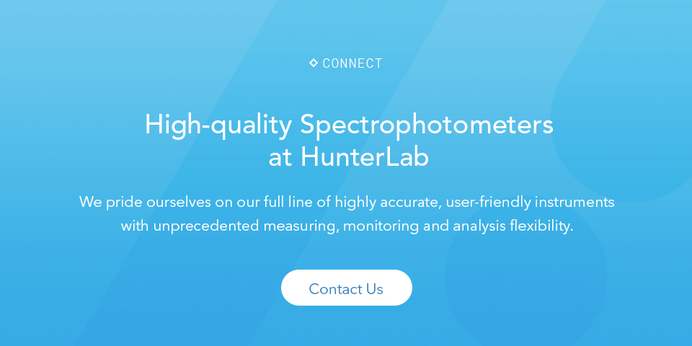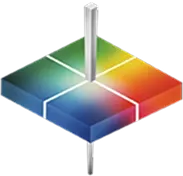
Consumers are increasingly looking for broad spectrum protection that prevents damage from both UVA and UVB rays. Image Source: Unsplash user Tomas Salas
When I was growing up, sunscreen bottles were still color coded according to how tanned you wanted to get; bottles of SPF 4 were a deep brown for those who planned on getting darker color while more conservative users opted for the lighter packaging of SPF 10. The true sun-worshippers, of course, would forgo sunscreen altogether, choosing instead to slather on baby oil to attract rays.
Today, sunscreen choice is a very different matter. As our understanding of the impact sun radiation has on our bodies has grown, the vast majority of consumers are no longer considering the tanning potential of sunscreens, but prioritizing the level of skin cancer protection and anti-aging benefits they provide. As sunscreen has become an everyday health and beauty essential, the sunscreen market has expanded exponentially; as noted in Cosmetics Business Market, “The global sun care market is proving to be a red hot category, with new data from Euromonitor forecasting growth of 6.8% in 2018.”1
However, the consumers aren’t just demanding higher levels of sun protection; they also want expanded formulation options and diverse applications. “In today’s beauty market, where multifunctionality is key, sun care products are expected to offer skin nourishment and anti-aging ingredients as well as UV protection, while skin care and color cosmetics products are expected to offer UV protection.” At the same time, consumers are demanding higher quality, cosmetically elegant, scientifically proven products with accurate sun protection claims, creating both new opportunities and new challenges for cosmetics manufacturers. To keep up with these market demands, spectrophotometric determination of UV protection in cosmetic products is becoming more essential than ever before.

Broad spectrum protection is becoming more attractive to educated consumers who understand the dangers of UVA and UVB rays. Image Source: Pexels user Wendy Hero


